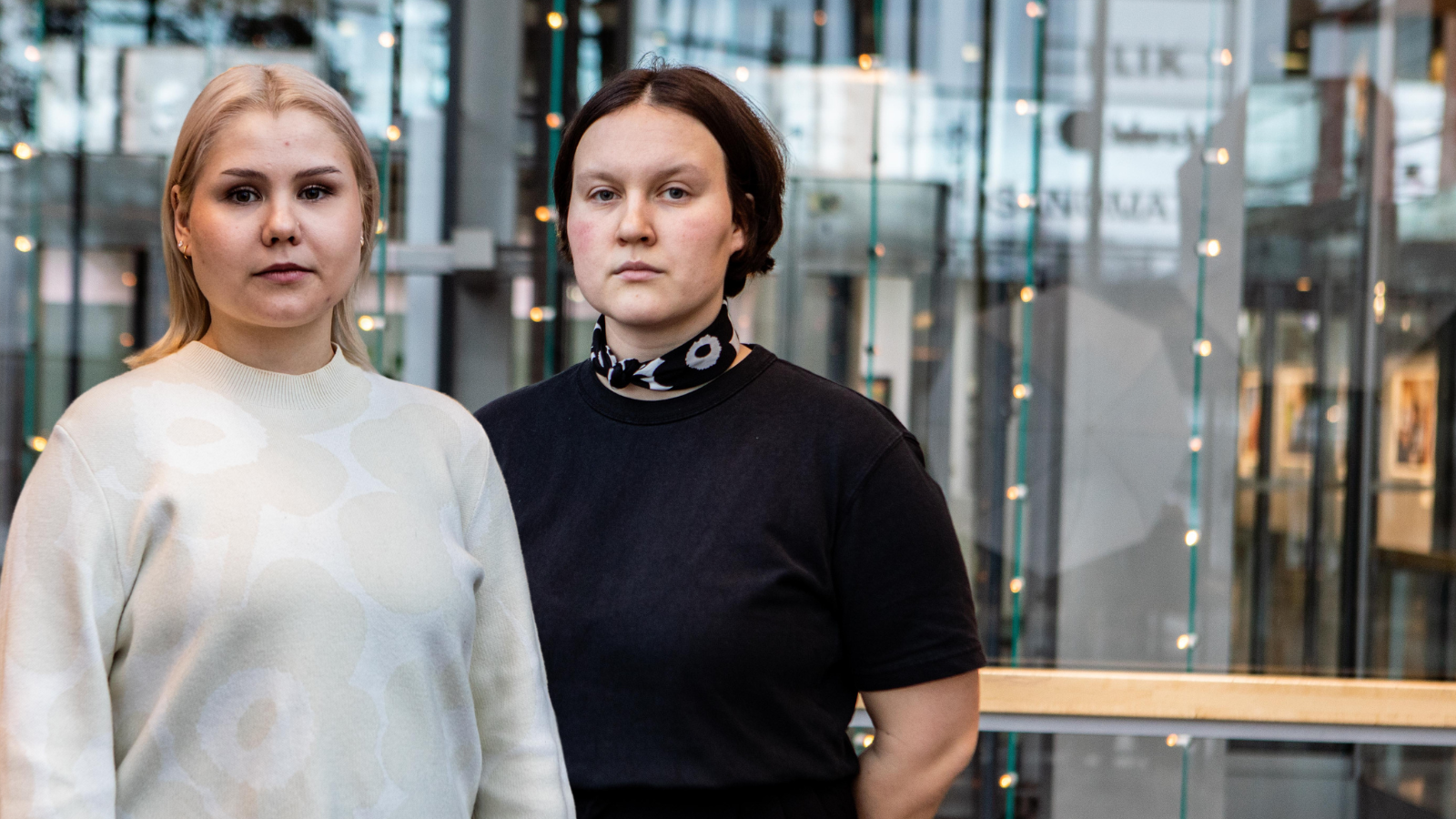Student admissions are being announced and student organisations are worried about the transfers between upper secondary education and tertiary education as well as transfers between higher education institutions. Currently, transfer paths are not working well, which makes it harder for students to commence their studies and also affects the study flow.
Of the age group finishing upper secondary education, 70 per cent apply to higher education – but only 32 per cent are successful in their first application. Reasons for gap years between secondary and tertiary education include conscription, not being accepted to your study place of choice, and general insecurity about what to study. The quotas recently introduced in student admission may relieve the problem, although there is no evidence of their effect yet.
In addition to transfers between secondary and tertiary education, there are also transfers between and within higher education institutions. We should not punish students for having failed in their choice of education; instead we should offer them the opportunity to transfer to an education more to their liking. The study path is to be continuous and students’ eligibility for continuing education is not to be weakened. Both the student and the educational institution are left idling when a student discontinues their studies. Flexible transfers ensure that it is possible for students to reorient themselves and smoothly continue their studies.
Good student counselling at all stages of studying ensures the possibility of flexible transfers both between secondary and higher education, as well as within and between higher education institutions. Students need to have sufficient knowledge and a realistic view of education and their livelihood as students in order to make the right choices when applying. For students transferring within and between higher education institutions, flexible modes for applying to a new education should be made available. We call for higher education institutions to make sure the above is realised.
Finland needs diversified knowledge both currently and in the future. We must make sure that each and every one has the opportunity for self-development, lifelong learning, and maintaining their relevance for the labour market relevance. The education system must make it possible for as many as possible to educate themselves, in different stages of their lives.
Contact details:
President Musa Jallow (SAKKI) tel. +358 44 082 4221, firstname.surname@sakkinet.fi
President Jari Järvenpää (SYL), tel. +358 44 906 5007, firstname.surname@syl.fi
President Tatu Koivisto (SLL), tel. +358 50 431 4995, firstname.surname@lukio.fi
President Kimi Merikukka (OSKU), tel. +358 44 977 6356, firstname.surname@osku.info
President Joonas Peltonen (SAMOK), tel. +358 50 389 1000, firstname.surname@samok.fi




